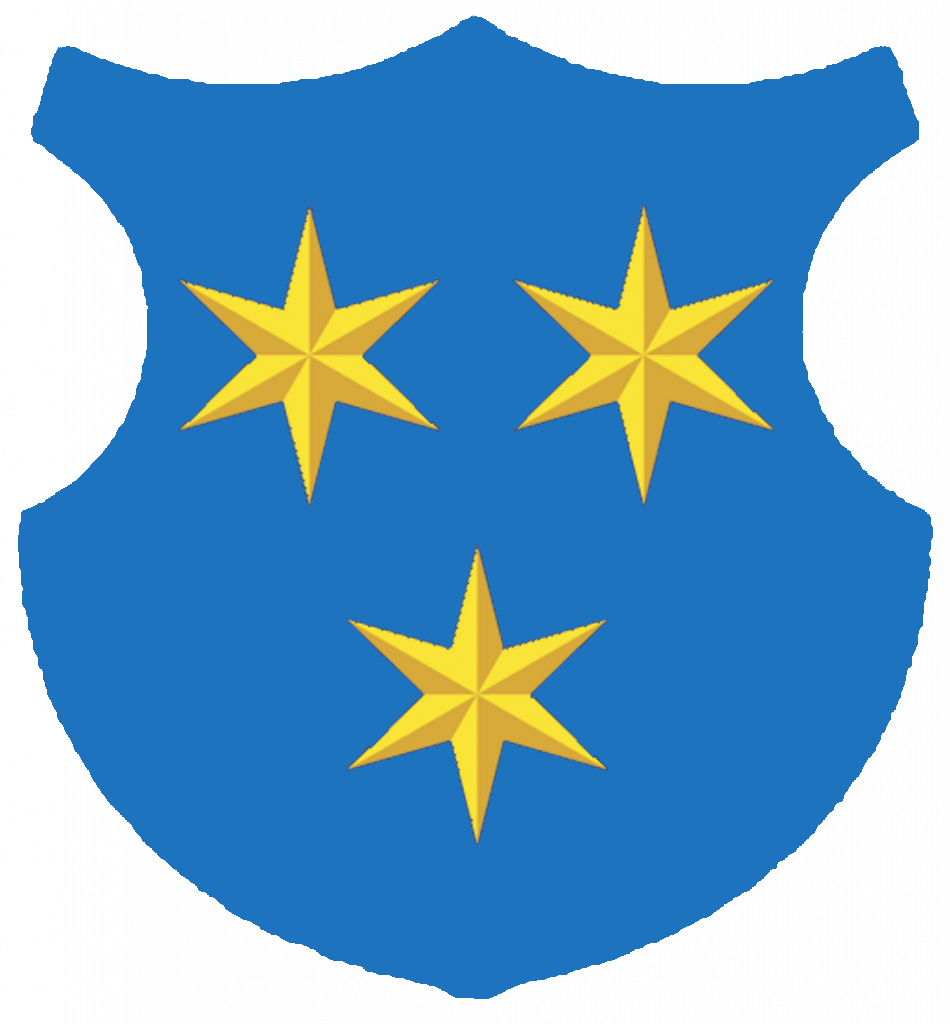| Autor: | Article:
THE SLOVENES, THE SLOVAKS, AND EVENTS OF CHANGE IN BOSNIA – HERZEGOVINA IN 1875 – 1878 How scout Peter learnt the mysteries of life |
 |
THE SLOVENES, THE SLOVAKS, AND EVENTS OF CHANGE IN BOSNIA-HERZEGOVINA IN 1875-1878
In his article, the author examines how the uprising in Bosnia-Herzegovina and the subsequent occupation by Austria-Hungary was portrayed by the Slovenian and Slovakian mass media. From amongst the Slovenian newspapers, the author focuses most on the liberal Slovenski narod, and to a somewhat lesser extent on the clerical Slovenec, while from amongst the Slovakian newspapers, he takes the Národnie noviny under closer scrutiny, as an example of the more serious, politically oriented Slovakian papers. The author ties his selection of articles from these newspapers published from the end of July 1875 till mid October 1878 into a meaningful whole and analyses the approach taken in each of them with regard to the uprising.
How scout Peter learnt the mysteries of life
The Scouts movement was discovered by Slovene teachers already before WWI. As the Scouts, however, had yet to find their place under the sun amongst the associations vying for government support, the final decision on the founding of the Yugoslav Scouts Organisation fell as late as 1921 – after which date, the first Scout meetings also took place in Slovenia. The first meeting in Celje was organised by a Russian scout, while in Ljubljana the secondary school pupils organised Scout groups on their own initiative and only later sought out suitable leaders. The movement became known through its extensive propaganda campaigns and the assistance its members lent during various large-scale organised events. Although all young people were eligible for membership, most of its members came from the more well to do middle-class circles . The Scouts movement was classified in these circles as a sports movement and was heartily recommended to all middle-class parents by the leading experts on the more fashionable social graces and other writers.
The Balkan War in Caricature and Verse
From 1912-1914, the Slovene public showed great interest in and followed closely the wartime events in the Balkans. Extensive reports on the First and Second Balkan Wars and on the founding of the independent state of Albania were published by all of the Slovenian newspapers and magazines in circulation at the time.
The radical daily Dan (1912-1914) was the only daily in Slovenia which, similar to several other European satirical papers and daily newspapers, published a series of caricatures on the theme of the Balkan wars. These caricatures made up a large percentage of all the caricatures published in the Dan during this time and were published along with a number of satirical poems by the editorial board of the Dan in April 1913 in a special issue entitled: »The Balkan War in Caricature and Verse«. In 1914, the same newspaper also devoted a great deal of attention to the changes taking place in Albania in its satirical supplement entitled Bodeča neža (The Thistle) . The caricatures in the Dan and the Bodeča neža were drawn by Maksim Gaspari, Francè Podrekar, Janko Omahen, Vladimir Gärtner, Lojze Dolinar and others.
LOVE AND REVOLUTION
The letters written by Slavko Šlander to Dana Ročnik
The history of the workers’ and revolutionary movement in Slovenia in the first half of the 20th century features Slavko Šlander as one of its most prominent and noteworthy protagonists.
A capable and well-educated man and a dedicated revolutionary, Šlander was persecuted and imprisoned several times already before the Second World War. When Slovenia was occupied, Šlander was one of the first and leading organizers of the anti-fascist resistance movement – and also one of the first victims of the Nazi terror. Arrested and tortured by the occupying forces, Šlander was shot in Maribor as a hostage on August 23, 1941. Although much is known about Šlander the revolutionary, less is known about his private life. The following article contains – for the first time in print – the letters written by Šlander from 1932 to 1940 to his fiancée Dana Ročnik. These letters, many of which were written in prison, reveal to us in the most simple and sincere way possible, the depth and the broad-mindedness of the character of this man.
LAYERS OF MEMORY
On the classification of memorials in Croatia
In this study of the fate of a part of the heritage of the socialist period in Croatia – namely the memorials, the author finds that there is a variety of attitudes towards these cultural monuments, ranging from their destruction, to letting them slip into oblivion, to attempts at reinterpreting them, or adopting them in an unaltered state. The memorials that were designed or erected after 1990 primarily mark Croatia’s achievement of independence and events that took place during the war from 1991 to 1995. Of particular note in these memorials is the frequent interconnectedness of the sacral and the national.
